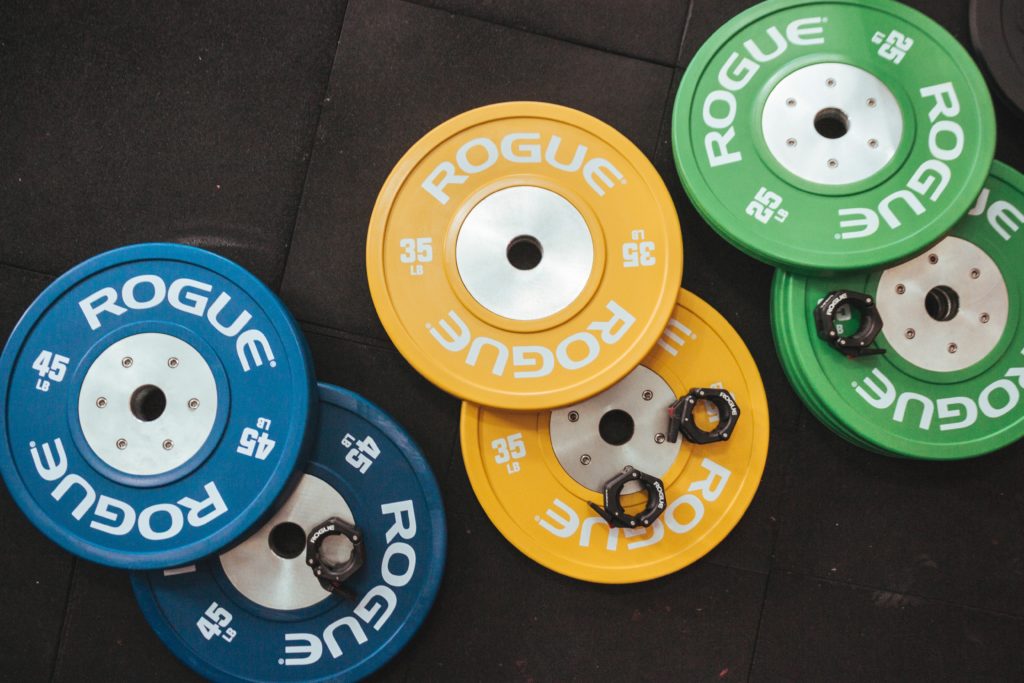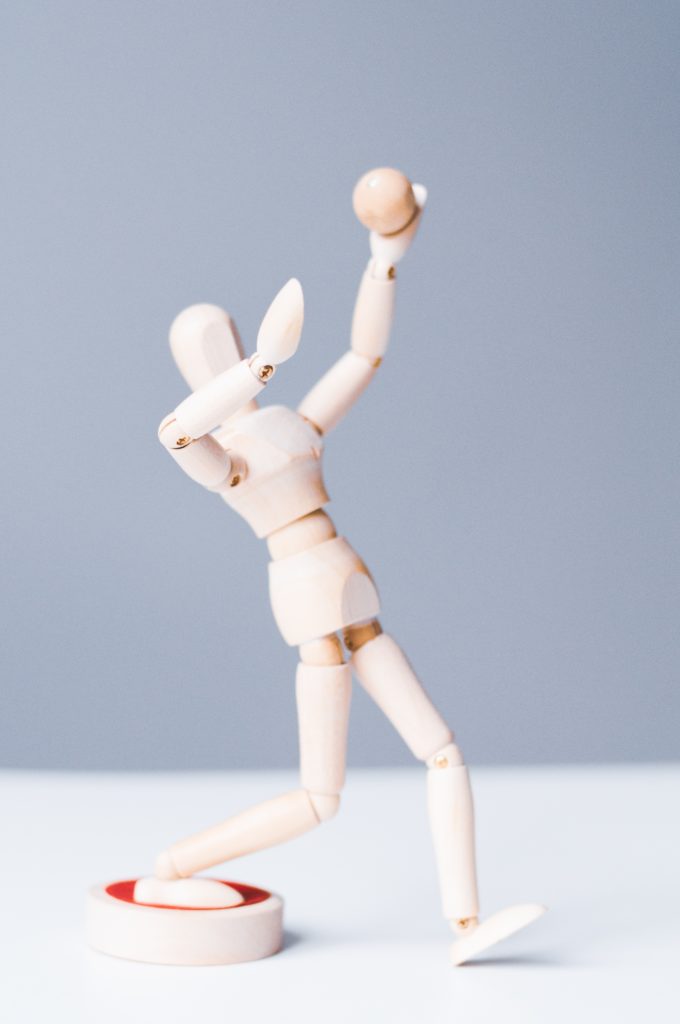Bringing Accessibility to the Competition.
When Japan was awarded the position of hosting the 2020 Olympic games, it immediately began actioning how it’s IT infrastructure…
When Japan was awarded the position of hosting the 2020 Olympic games, it immediately began actioning how it’s IT infrastructure would heighten the athlete and spectator experience. Among these ideas is a new swathe of accessibility campaigns, driven by Toyota, and utilising the nation’s top-of-the-line robotic technology to help those with physical disadvantages enjoy the games.
Autonomous robots, controlled remotely, that can aid in picking up items. Guide droids. Mobile snack machines that can bring meals to those with mobility issues. These services, Minoru Yamauchi stated, were part of existing plans to help “support the daily lives of people… and developing robots that partner with daily life”.
The games are also going to feature all sorts of other automation, robotic assistant and digital tech. Panasonic is planning to use 20 power-assisted suits to help those involved in physical labour at the games. There’s also a robo-taxi service in play, facial recognition tech to help crowd control, renewable energy initiatives, and more. We will see both sporting and technological champions at the 2020 games!
But Toyota’s robo assistants in particular reminded us of our previous examination of the PR2 bot, and tests that have been run on that platform to assist those with sever motor disabilities. It begs the question…
How else can robotics benefit bleeding edge medical applications?
SURGERY
Humans are already using robotics and mechanically assisted actuators to innovate medical procedural processes. One of the most well-known pieces of transformative tech is da Vinci, tiny pincer-like robotic limbs that aid surgeons in working precisely. What precise medicine equates to is less overall risk, so not only does da Vinci push technological norms, but it aids in risk management as well.
AFTER CARE AND THERAPY

If we think of a robot as an intricate tool, there are already a plethora of simplistic but effective tools used in patient after care. Physiotherapists use all sorts of safe resistance equipment to help nurse injured or recovering limbs back to strength, but now robotics can play a part in this process as well. From smart resistance machines, to exoskeletons that can help people with spinal or brain injury to rehabilitate, partnering man with machine isn’t a dystopian trope but something to look forward too.
CLEANLINESS
Hospital Roombas? Miniature nurses speeding around with dust pans? No, robotics in the arena of medical cleanliness is a lot cooler. Given one of the biggest risks to patients and staff is nosocomial infections, robots like the Xenex Germ Zapping Robot use very special systems to eliminate bugs – high intensity UV light.
TRAINING

If you’ve applied for a first aid course, you’ve no doubt seen various dummies that aid in learning the proper way to help someone in mortal peril. In the instance of robotics, however, these dummies are given serious hardware upgrades to help simulate environments and conditions medical staff will have to deal with. Some robotic training dummies even include simulated blood flow, which keep exercises real without having to use cadavers or live case studies.
WHAT WILL THE FUTURE BRING?
As burgeoning technology becomes more and more advanced, we could be seeing a lot more robotics in many other medical practises. AI fuelled robots that can empathise, and thus help with the emotional trauma that sometimes comes from medical issues. Robots so small they can be scaled to nano applications. Full integration with robotics, so that humans missing limbs or with huge motor function problems can move about just like anyone else. What do you think will be the next field for innovation in medical tech?





Comments